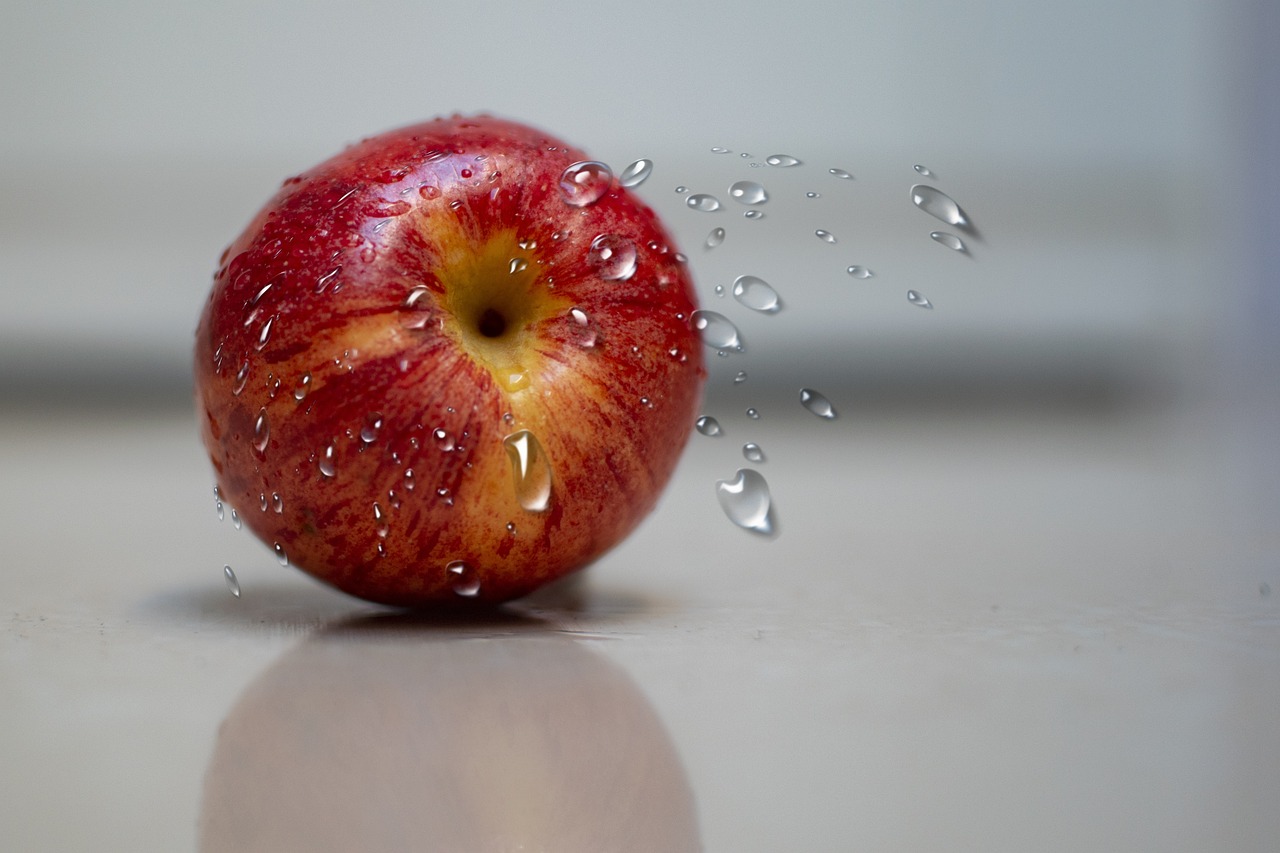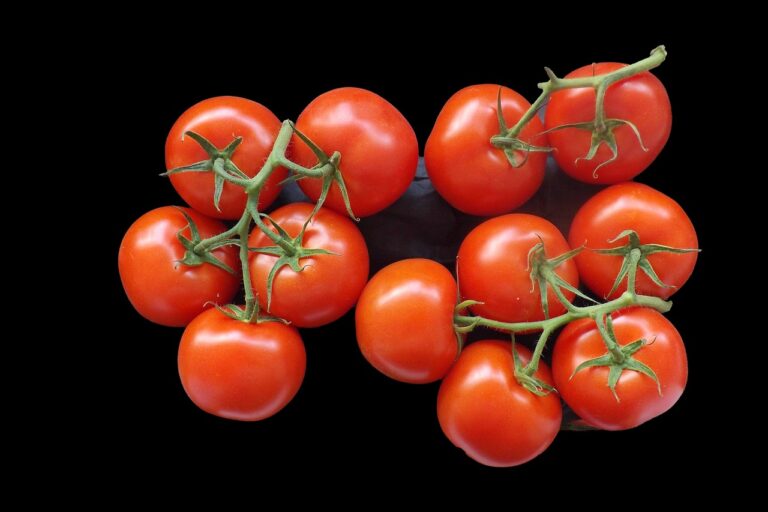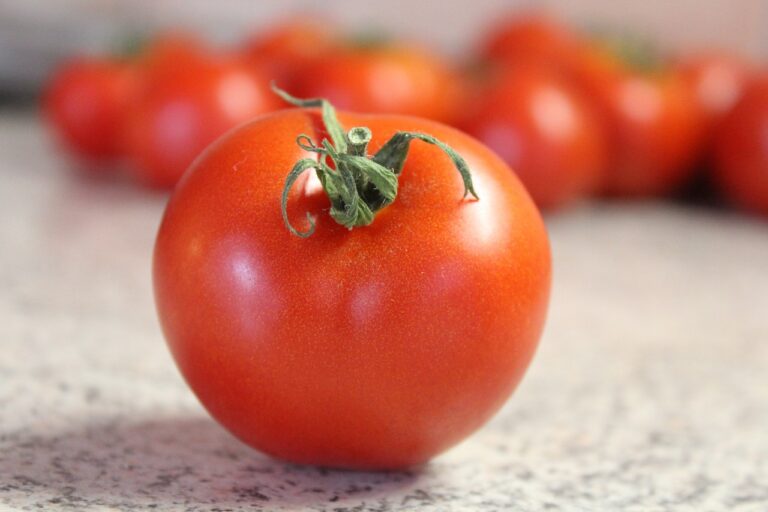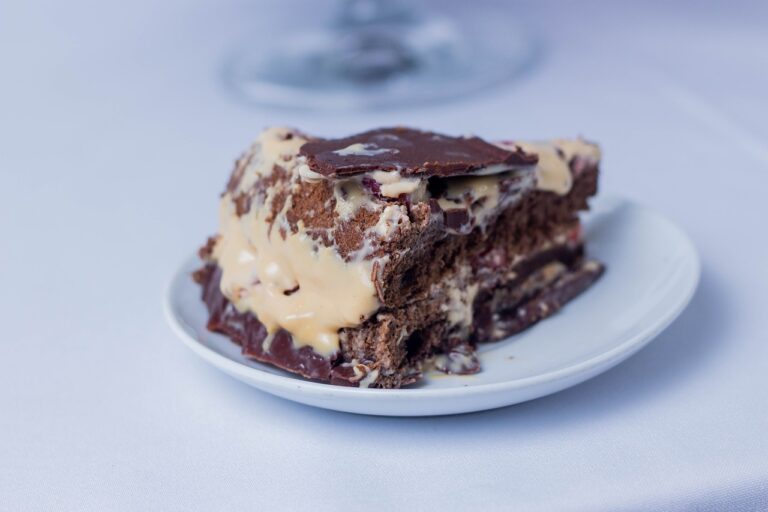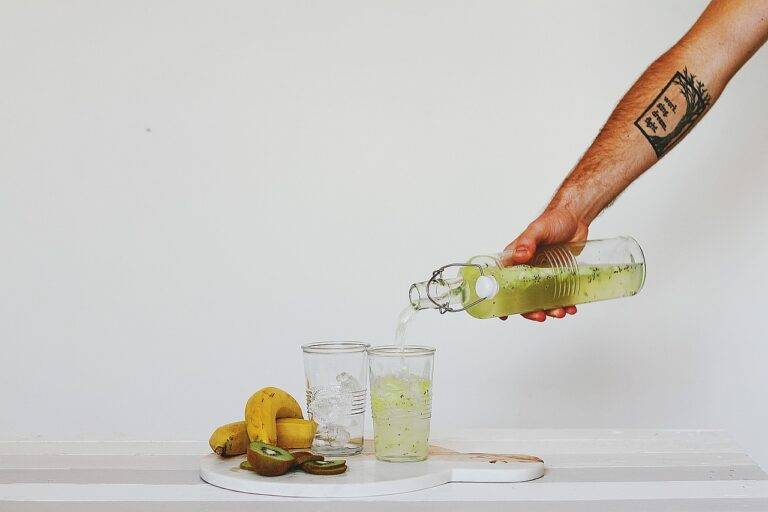Food Additives and Food Texture Perception in Gastronomic Tourism Experiences
betbhai.com sign up, playexch in live login, gold365 login: Food additives play a significant role in the perception of food texture in gastronomic tourism experiences. These additives are commonly used by chefs and food manufacturers to enhance the taste, texture, appearance, and longevity of food products. In recent years, the use of food additives has sparked debate among consumers, as many people are becoming more conscious of what they eat and the potential impact on their health.
When it comes to gastronomic tourism, the texture of food plays a crucial role in the overall dining experience. Food texture refers to the physical properties of food that are perceived by the sense of touch in the mouth. It can influence how we perceive flavors, aromas, and even the overall satisfaction of a meal. Food additives are often used to manipulate the texture of food, creating a desired mouthfeel that can enhance the dining experience for tourists.
One common food additive used to improve texture is hydrocolloids. These are substances that can thicken, stabilize, or gel food products. Hydrocolloids such as agar, carrageenan, and xanthan gum are frequently used in gastronomic tourism to create unique textures in dishes like sauces, creams, and desserts. For example, agar is commonly used to create firm gels, while xanthan gum can be used to thicken liquids without altering their flavor.
Another popular food additive used in gastronomic tourism is emulsifiers. Emulsifiers are substances that help to mix together ingredients that would normally separate, such as oil and water. By using emulsifiers like lecithin or mono- and diglycerides, chefs can create smooth and creamy textures in dishes like sauces, dressings, and ice creams. These additives can also improve the shelf life of food products, making them ideal for use in the tourism industry.
In addition to hydrocolloids and emulsifiers, food additives like preservatives, antioxidants, and flavor enhancers can also impact the texture of food in gastronomic tourism experiences. Preservatives are used to extend the shelf life of food products, while antioxidants can prevent rancidity and discoloration. Flavor enhancers like monosodium glutamate (MSG) can enhance the overall taste of dishes, leading to a more satisfying culinary experience for tourists.
While food additives can enhance the texture of food in gastronomic tourism, it is essential to consider the potential health implications. Some food additives have been linked to adverse health effects, such as allergies, sensitivities, and digestive issues. Consumers are becoming more aware of these risks and are seeking out natural and organic food options that are free from artificial additives.
As the demand for clean and transparent food grows, chefs and food manufacturers in the gastronomic tourism industry are finding creative ways to improve texture without relying on synthetic additives. By using fresh, locally sourced ingredients and innovative cooking techniques, chefs can create dishes with authentic textures that highlight the natural flavors of the food. This approach not only enhances the dining experience for tourists but also promotes sustainability and supports local communities.
In conclusion, food additives play a crucial role in shaping the texture of food in gastronomic tourism experiences. While additives like hydrocolloids, emulsifiers, preservatives, antioxidants, and flavor enhancers can enhance the overall dining experience, it is essential to consider the potential health implications. By using a combination of natural ingredients and innovative cooking techniques, chefs can create dishes with authentic textures that delight tourists and support a more sustainable food system.
—
### FAQs
1. Are food additives safe to consume?
– While most food additives have been deemed safe for consumption by regulatory authorities, some additives may have adverse health effects for certain individuals. It is essential to read food labels and be aware of any sensitivities or allergies you may have.
2. How can I avoid food additives in gastronomic tourism?
– To avoid food additives in gastronomic tourism, consider seeking out restaurants and food establishments that prioritize using natural and organic ingredients. You can also communicate your dietary preferences and restrictions with the chef to ensure a personalized dining experience.
3. What are some natural alternatives to food additives?
– Natural alternatives to food additives include using fresh herbs and spices for flavor, incorporating fruits and vegetables for texture, and utilizing alternative cooking techniques like fermentation and smoking to enhance the taste of dishes. By focusing on whole, unprocessed ingredients, chefs can create delicious meals without relying on synthetic additives.

